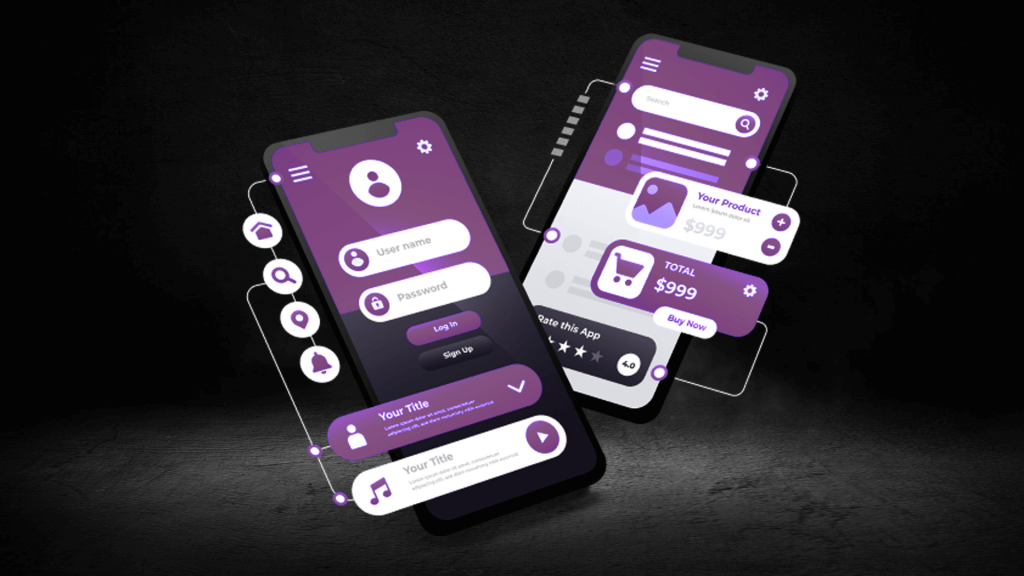So you have a great app idea. One of the first big decisions you’ll face is: Do we build native apps or use a cross-platform framework?
Let’s explore the two main approaches:

1. Native Development:
- What it is: Writing separate apps in the languages native to each operating system: Swift (or Objective-C) for iOS and Kotlin (or Java) for Android.
- Pros:
- Best Performance: Optimized for the specific device.
- Full Feature Access: Immediate access to all the latest OS-specific features and APIs.
- Superior UX/UI: Feels perfectly “at home” on each platform, following design guidelines seamlessly.
- Cons:
- Higher Cost & Time: You’re effectively building and maintaining two separate apps.
2. Cross-Platform Development (e.g., React Native, Flutter):
- What it is: Writing code once in a single language (like JavaScript or Dart) and compiling it to run on both iOS and Android.
- Pros:
- Code Reuse: Significantly faster development and easier maintenance with a single codebase.
- Cost-Effective: Great for startups and MVPs (Minimum Viable Products).
- Cons:
- Performance: Can be slightly slower than native, though the gap is closing.
- Access to Features: Sometimes you have to wait for the framework to update to support the latest native features.
The Verdict: There’s no one right answer. If you need the absolute best performance and user experience, go native. If you need to validate an idea quickly and have a limited budget, cross-platform is an excellent choice.
#MobileDevelopment #AppDev #iOS #Android #Flutter #ReactNative #Programming
